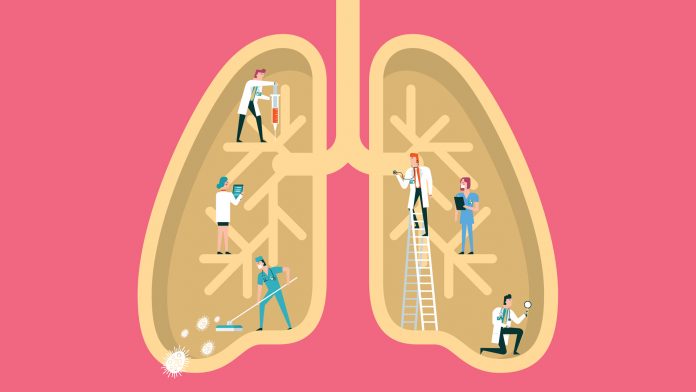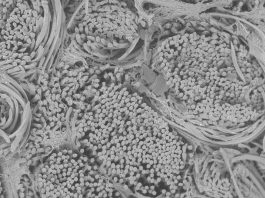Scientists from Yale University have studied the most common methods of growing bioengineered lung tissue in order to determine which method produces the best tissue.
Influenced by the global need to further the development of artificial trachea and lungs, researchers from Yale University, USA, are working to understand the best method for growing bioengineered lung tissue.
Examining tissue platforms
A wide variety of research methods are available to scientists, however, the researchers at Yale analysed four of the most used platforms for growing bioengineered lung tissue. “Rather than focusing on a specific disease, we tried to better understand the tools that the whole pulmonary field is using to study diseases,” said Allison Greaney, a graduate student in biomedical engineering and first author of the study.
The research team examined two engineered tissue platforms, an engineered trachea and an engineered lung. The team also analysed two nonengineered platforms, the first of which involves suspending cells in hydrogel, the second, requires cells to be placed on top of a plastic filter, exposing them to air.
Comparing engineered and nonengineered tissues
According to Greaney, the two nonengineered methods are more commonly used, this is because they are easier for researchers to operate and scale up, allowing scientists to create more tissue. Despite this, researchers found that engineered methods produce better tissue.
Laura Niklason, MD, Nicholas Greene Professor of Anesthesiology and Biomedical Engineering and senior author of the study, said: “Cells grown in engineered lungs and tracheas more closely resemble native lung and trachea cells… These engineered constructs provide a more realistic environment for cells than the hydrogel or the plastic filter of the other platforms. The engineered cells were able to recognise and assimilate to those specific environments.”
Greaney concludes: “Not many people use engineered trachea or lung constructs in our field because they are somewhat more difficult to work with, but the beneficial effects on cells we found in this study suggests that it is worth the extra effort.”









